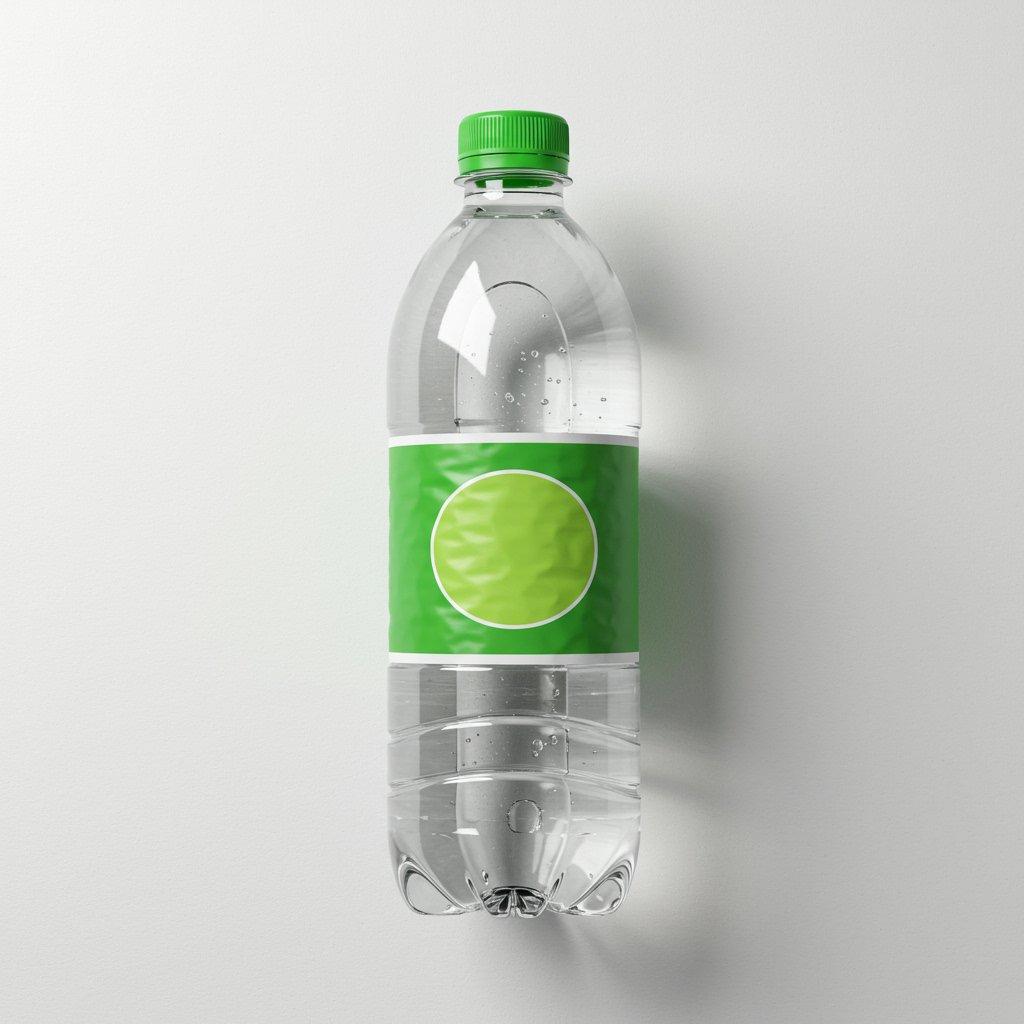
TLDR: Challenges bottled water’s purity halo, pointing out that much of it is treated municipal water and carries cost and plastic waste. Argues that quality tap water plus effective filtration is often safer, cheaper, and greener. Urges readers to check local water reports, scrutinize labels, and use refillable bottles. Keyword: Bottled water, microplastics, AlkaWay, UltraStream
In today's fast-paced world, grabbing a bottle of water seems like the epitome of convenience. However, recent studies have unveiled some startling truths about the bottled water industry that every consumer should be aware of.
Bottled water: Is it just tap water in disguise?
A recent study reveals that nearly 64% of bottled water in the United States is sourced from municipal water supplies—the same tap water most people already have access to. (timesofindia.indiatimes.com) This means that the premium price consumers pay for bottled water often doesn't equate to a superior product. While some companies do filter the water before bottling it, others make no significant modifications, selling it at inflated prices. Ironically, U.S. public water systems are typically subject to stricter safety regulations than bottled water, further questioning the industry’s claims of superior quality.
The illusion of purity: Marketing vs. reality

The bottled water industry has built its empire on the promise of purity, with images of untouched springs and pristine alpine streams dominating labels and advertisements. This carefully crafted perception, along with fears about the taste or safety of tap water, has led millions to believe that bottled water is a superior choice. As a result, Americans now consume over 15 billion gallons of bottled water annually, fueling a multi-billion-dollar industry driven by convenience and the allure of premium quality.
However, the reality often contradicts this image. Research shows that a large portion of bottled water comes from municipal water supplies—the same tap water available at home. Transparency is another major concern. Many bottled water companies do not disclose critical information about their water sources, treatment processes, or potential contaminants. As a result, consumers are left to trust marketing campaigns rather than verified facts. Although some brands, such as Gerber Pure, Nestlé Pure Life, and Penta, have taken steps toward greater transparency, most companies perpetuate an illusion of purity without substantial evidence. This gap between perception and reality raises ethical questions about the industry’s practices and their impact on consumer trust and public health.
Health implications: Microplastics and contaminants
Beyond the source of the water, there are health concerns associated with bottled water. Studies have shown that bottled water can contain microplastics, posing health risks. (timesofindia.indiatimes.com) These tiny plastic particles can leach toxins once inside the human body, potentially leading to various health issues. Additionally, some bottled water brands have been found to contain harmful contaminants, including arsenic, microplastics, and chemical byproducts. (timesofindia.indiatimes.com)
Environmental impact: A growing concern
The environmental footprint of bottled water is significant. The production and disposal of plastic bottles contribute to pollution and waste. Plastic bottles rank as the second most prevalent ocean pollutant, making up 11.9% of all plastic waste. (timesofindia.indiatimes.com) By choosing tap water over bottled, consumers can play a part in reducing plastic waste and its associated environmental impacts.
Making informed choices: The benefits of tap water
Contrary to popular belief, tap water in the U.S. is generally safer and healthier than bottled water due to strict EPA regulations. (timesofindia.indiatimes.com) Public tap water systems are regulated by the Environmental Protection Agency (EPA), which enforces strict safety standards and requires regular testing. These systems must disclose information about contaminants and treatment processes, allowing consumers to access verifiable data. In contrast, bottled water is regulated by the Food and Drug Administration (FDA), which has less stringent regulations. Bottled water companies are not required to test their water as frequently as municipal systems, nor are they obligated to share information about their water sources or quality.
This regulatory gap raises serious concerns. Studies have shown that some bottled water brands contain harmful contaminants, including arsenic, microplastics, and chemical byproducts. Meanwhile, many public water systems meet or exceed safety standards, providing a cleaner and significantly cheaper option. Additionally, tap water is more environmentally friendly, as it eliminates the need for single-use plastics that contribute to pollution and waste.
While bottled water can offer convenience in certain situations, such as in areas without clean tap water, it is often less safe, sustainable, and transparent than tap water. By recognizing these differences, consumers can make informed choices, shunning marketing myths in favor of options that benefit their health, finances, and the planet.
Conclusion
The bottled water industry has long capitalized on the perception of purity and safety. However, evidence suggests that much of this is marketing rather than reality. By being informed and discerning, consumers can make choices that are better for their health, their wallets, and the environment. Opting for tap water, especially when filtered for added safety, is a step in the right direction.

